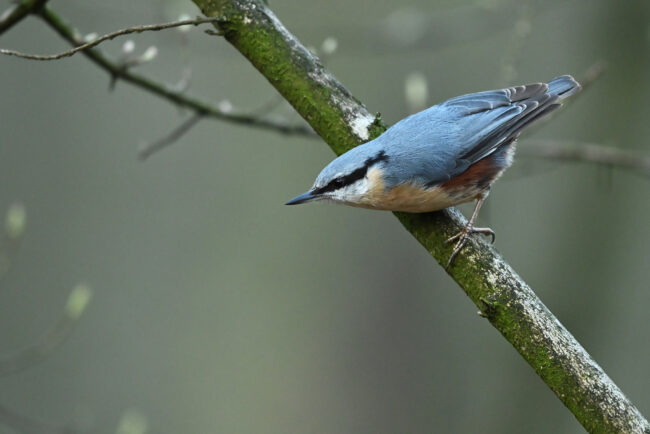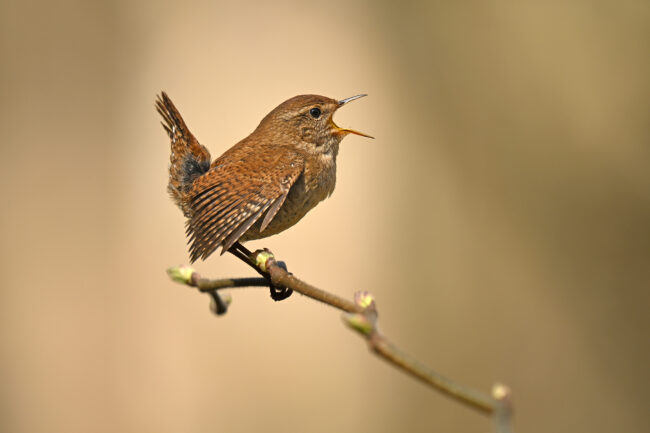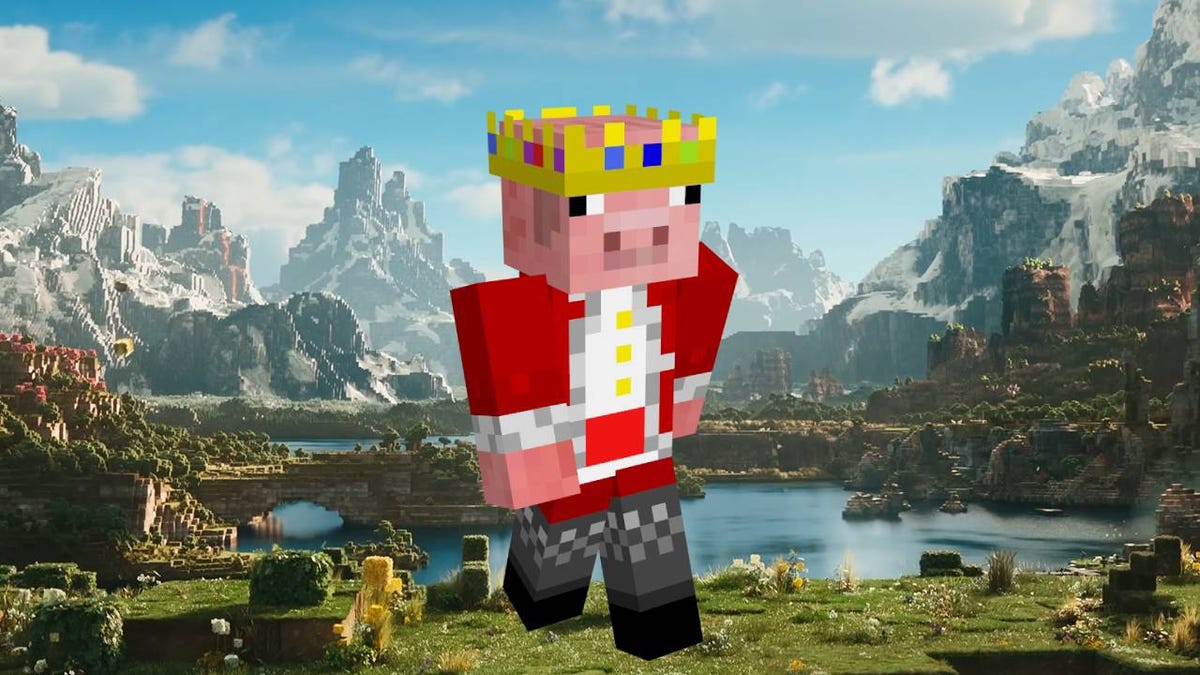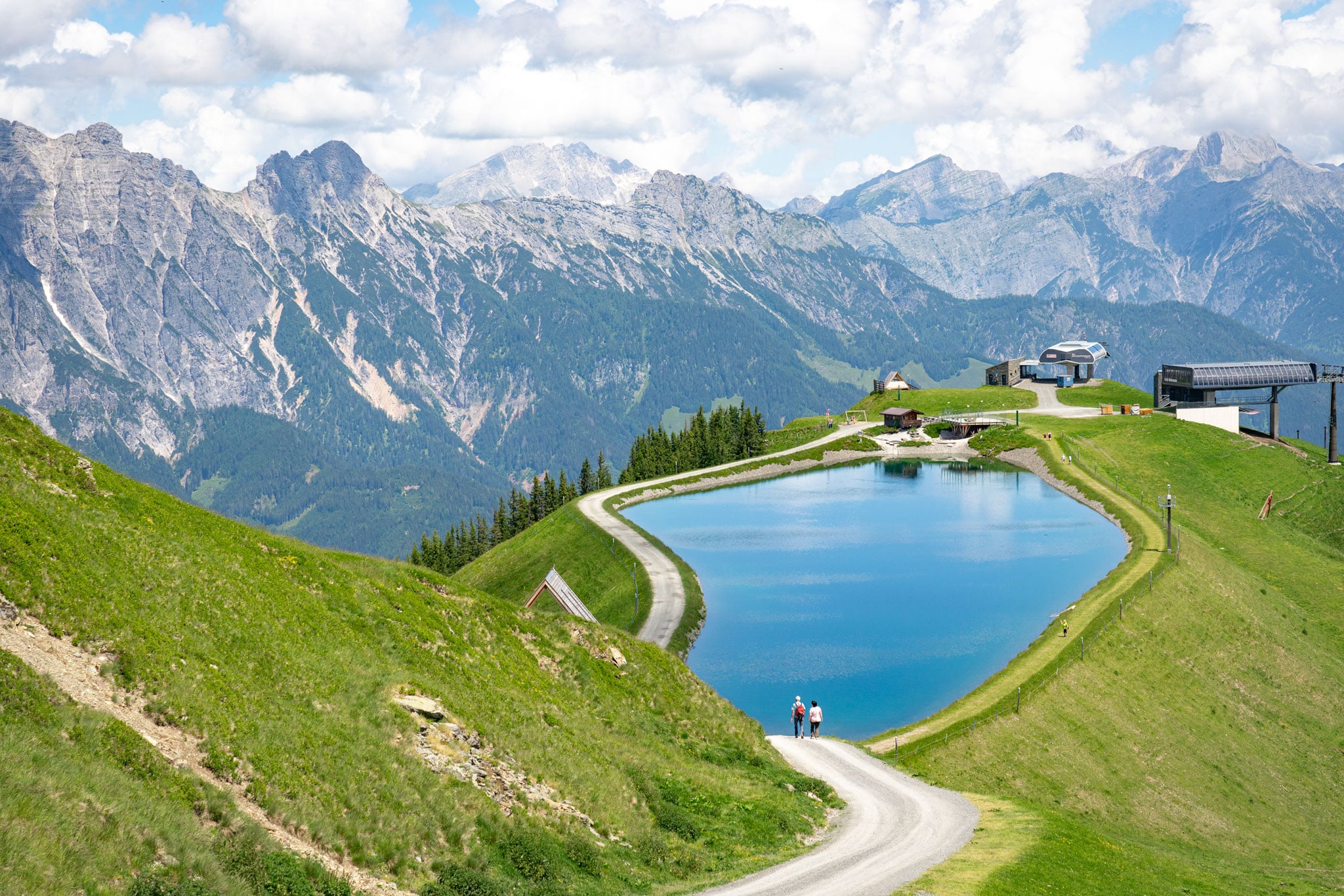Say Hello to Nature’s Fire Brigade
This story was originally published in bioGraphic and appears here as part of the Climate Desk collaboration. Like a chicken nugget in an air fryer, our planet is getting hotter and drier all the time. This, coupled with centuries of fire suppression and ecosystem mismanagement, has created a world that’s prone to bursting into flames. Large wildfires are becoming more frequent and severe. Preventing them from getting even worse will require cutting carbon emissions and righting centuries of flawed land management. But as a slew of recent studies show, animals have the potential to make our increasingly scorched planet more resilient—if we let them. Take, for instance, the Chinese pangolin (Manis pentadactyla), a scaly mammal the size of a loaf of bread that lives in China, India, and northern Southeast Asia. All pangolin species are extensively trafficked by poachers; the Chinese pangolin is the most heavily targeted for its scales. This unrelenting pressure has led to a staggering 94 percent decline in the Chinese pangolin population since the 1960s. Yet scientists have recently learned that when pangolins are free to go about their pangolin lives, burned ecosystems benefit. As they build their underground burrows, pangolins dig deep and turn over soil, which encourages plant growth and creates shelter for dozens of other species. Chinese pangolins dig between 50 to 100 burrows a year, with some extending as far underground as Shaquille O’Neal is tall. To understand how pangolins assist other species, scientists placed cameras outside pangolin burrows in China’s Heping and Chao’an regions after a series of wildfires. Analyzing the footage revealed 35 different species making use of the burrows, including the iconic leopard cat and the king cobra. Where pangolins had broken up tough clods of burnt soil, scientists counted 58 plant species flourishing. Overall, burned areas that contain pangolin burrows recover faster than neighboring areas without. While pangolins can help forests recover from wildfire, other animals prevent blazes in the first place. By damming rivers and digging channels, beavers create wetlands that keep the landscape moist and resilient. Ecosystem engineers like beavers “are seriously modifying landscapes,” says Emily Fairfax, a beaver researcher at the University of Minnesota. “They’re changing the way water moves; they’re changing the way air moves; they’re changing the vegetation communities.” But many other species can help in more subtle ways. In Gabon, forest elephants carve paths that act as firebreaks, while in Australia, lyrebirds use their rake-like feet to dig dry leaves into the moist soil. And prairie dogs in North America keep their colonies free of vegetation, which deprives fires of necessary fuel. Prairie dogs’ impressive power was put on display in 2021, when the Marshall Fire burned through part of Colorado’s densely populated Front Range. The inferno, the most destructive in the state’s history, killed two people and torched more than 1,000 homes and businesses. But even within the fire’s perimeter, scientists found large patches of unburned land ringing prairie dog colonies. With so many animals willing to lend a helping claw, trunk, or foot, some scientists say land managers should start looking at boosting the populations of these and other species as part of their fire mitigation and restoration plans. “If we can harness nature to do the work for us, work we know is healthy for our ecosystems, then that’s a really good thing,” says Morgan Tingley, an ecologist and evolutionary biologist at the University of California, Los Angeles. “It’s a win-win situation.” Though the movement to harness animals’ firefighting skills is small, it is growing. In Spain, bison are being reintroduced to an Andalusian forest with the hope they will reduce the number of flammable shrubs. And in southern California, the Tule River Tribe recently released nine beavers into the foothills of the Sierra Nevada to make their lands more resistant to fire and drought. To survive a more fire-prone future, we are going to need new tools, tactics, and allies. Fortunately, we don’t have to tackle this problem alone.

This story was originally published in bioGraphic and appears here as part of the Climate Desk collaboration.
Like a chicken nugget in an air fryer, our planet is getting hotter and drier all the time. This, coupled with centuries of fire suppression and ecosystem mismanagement, has created a world that’s prone to bursting into flames.
Large wildfires are becoming more frequent and severe. Preventing them from getting even worse will require cutting carbon emissions and righting centuries of flawed land management. But as a slew of recent studies show, animals have the potential to make our increasingly scorched planet more resilient—if we let them.
Take, for instance, the Chinese pangolin (Manis pentadactyla), a scaly mammal the size of a loaf of bread that lives in China, India, and northern Southeast Asia. All pangolin species are extensively trafficked by poachers; the Chinese pangolin is the most heavily targeted for its scales. This unrelenting pressure has led to a staggering 94 percent decline in the Chinese pangolin population since the 1960s.
Yet scientists have recently learned that when pangolins are free to go about their pangolin lives, burned ecosystems benefit. As they build their underground burrows, pangolins dig deep and turn over soil, which encourages plant growth and creates shelter for dozens of other species.
Chinese pangolins dig between 50 to 100 burrows a year, with some extending as far underground as Shaquille O’Neal is tall. To understand how pangolins assist other species, scientists placed cameras outside pangolin burrows in China’s Heping and Chao’an regions after a series of wildfires.
Analyzing the footage revealed 35 different species making use of the burrows, including the iconic leopard cat and the king cobra. Where pangolins had broken up tough clods of burnt soil, scientists counted 58 plant species flourishing. Overall, burned areas that contain pangolin burrows recover faster than neighboring areas without.
While pangolins can help forests recover from wildfire, other animals prevent blazes in the first place.
By damming rivers and digging channels, beavers create wetlands that keep the landscape moist and resilient. Ecosystem engineers like beavers “are seriously modifying landscapes,” says Emily Fairfax, a beaver researcher at the University of Minnesota. “They’re changing the way water moves; they’re changing the way air moves; they’re changing the vegetation communities.” But many other species can help in more subtle ways.

In Gabon, forest elephants carve paths that act as firebreaks, while in Australia, lyrebirds use their rake-like feet to dig dry leaves into the moist soil. And prairie dogs in North America keep their colonies free of vegetation, which deprives fires of necessary fuel.
Prairie dogs’ impressive power was put on display in 2021, when the Marshall Fire burned through part of Colorado’s densely populated Front Range. The inferno, the most destructive in the state’s history, killed two people and torched more than 1,000 homes and businesses. But even within the fire’s perimeter, scientists found large patches of unburned land ringing prairie dog colonies.
With so many animals willing to lend a helping claw, trunk, or foot, some scientists say land managers should start looking at boosting the populations of these and other species as part of their fire mitigation and restoration plans.
“If we can harness nature to do the work for us, work we know is healthy for our ecosystems, then that’s a really good thing,” says Morgan Tingley, an ecologist and evolutionary biologist at the University of California, Los Angeles. “It’s a win-win situation.”
Though the movement to harness animals’ firefighting skills is small, it is growing. In Spain, bison are being reintroduced to an Andalusian forest with the hope they will reduce the number of flammable shrubs. And in southern California, the Tule River Tribe recently released nine beavers into the foothills of the Sierra Nevada to make their lands more resistant to fire and drought.
To survive a more fire-prone future, we are going to need new tools, tactics, and allies. Fortunately, we don’t have to tackle this problem alone.









































































































































































































































































